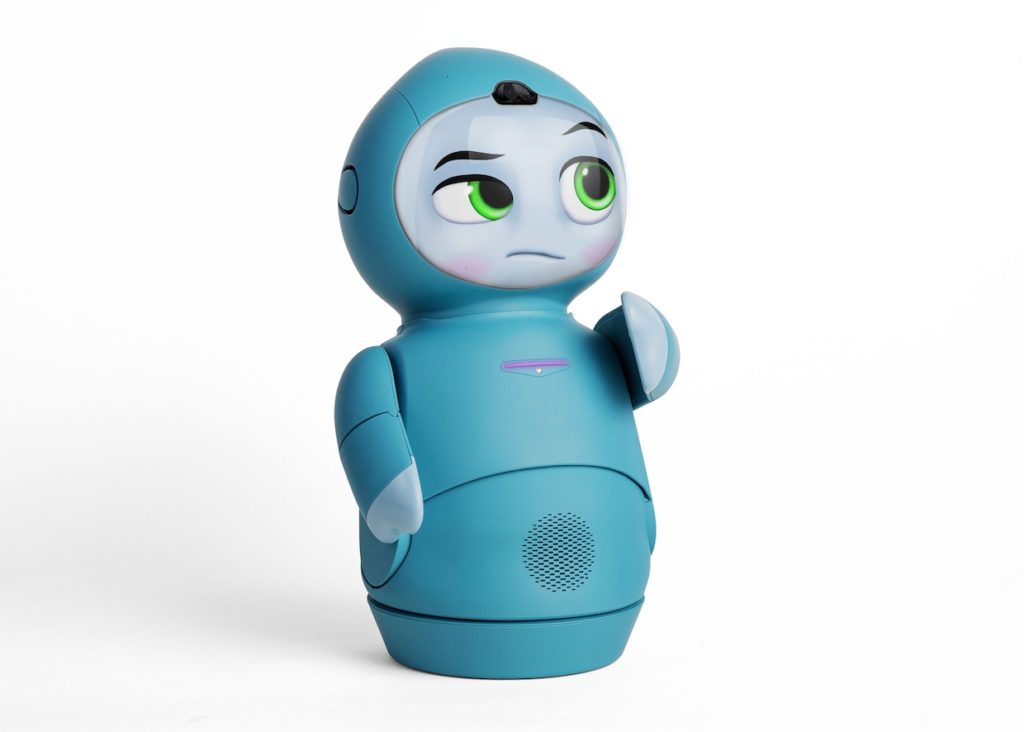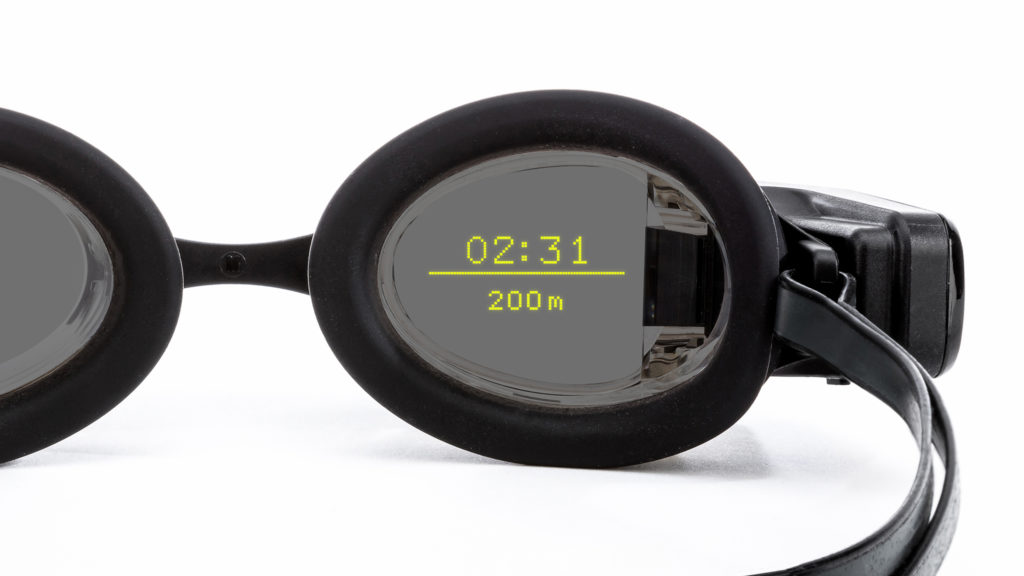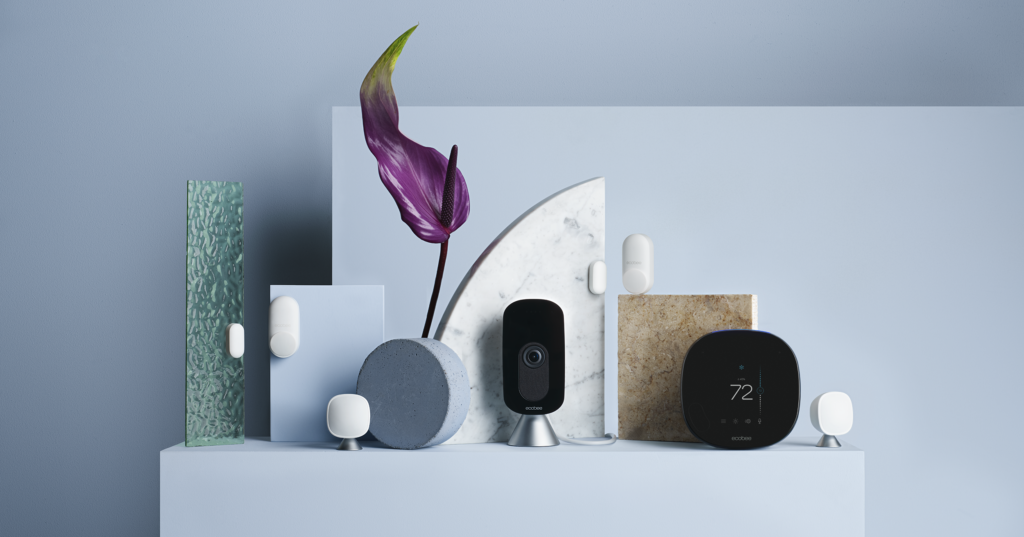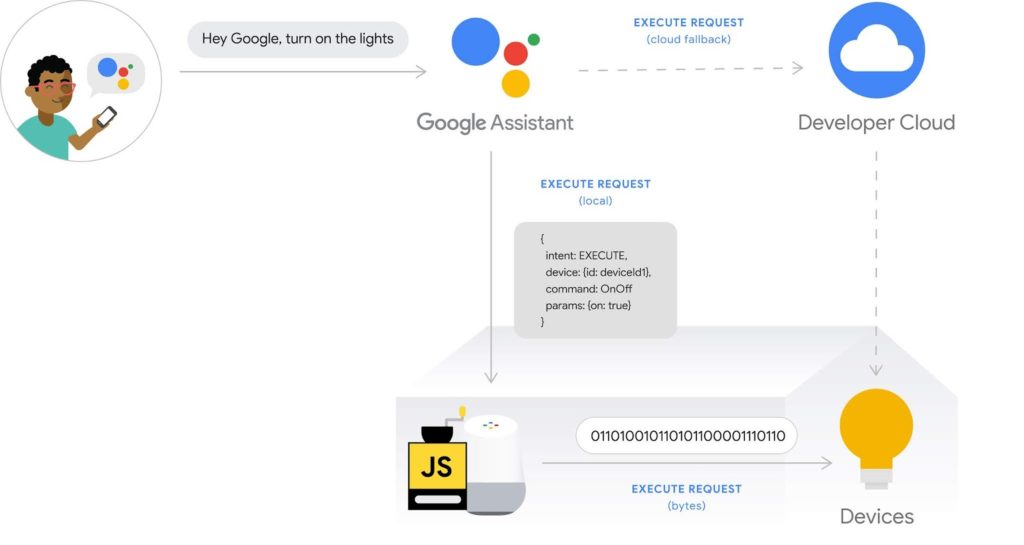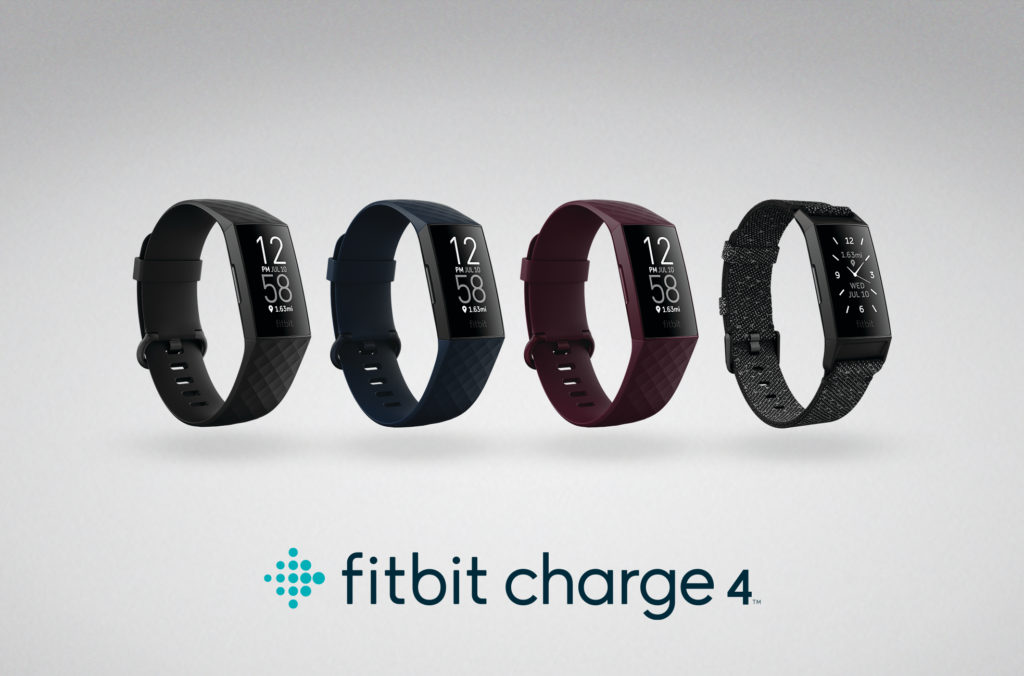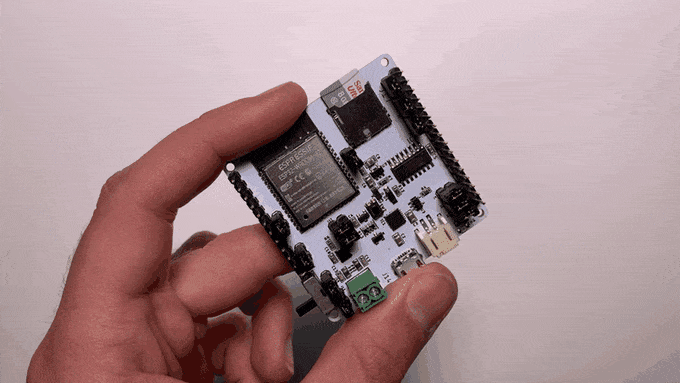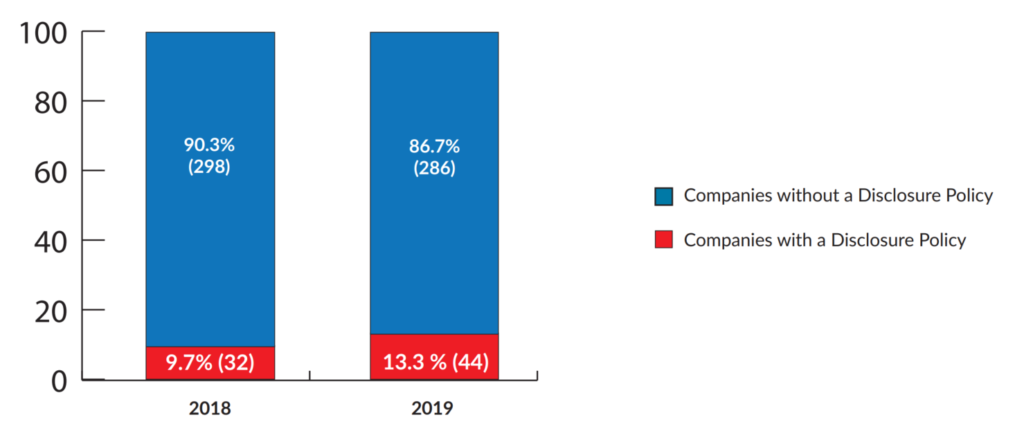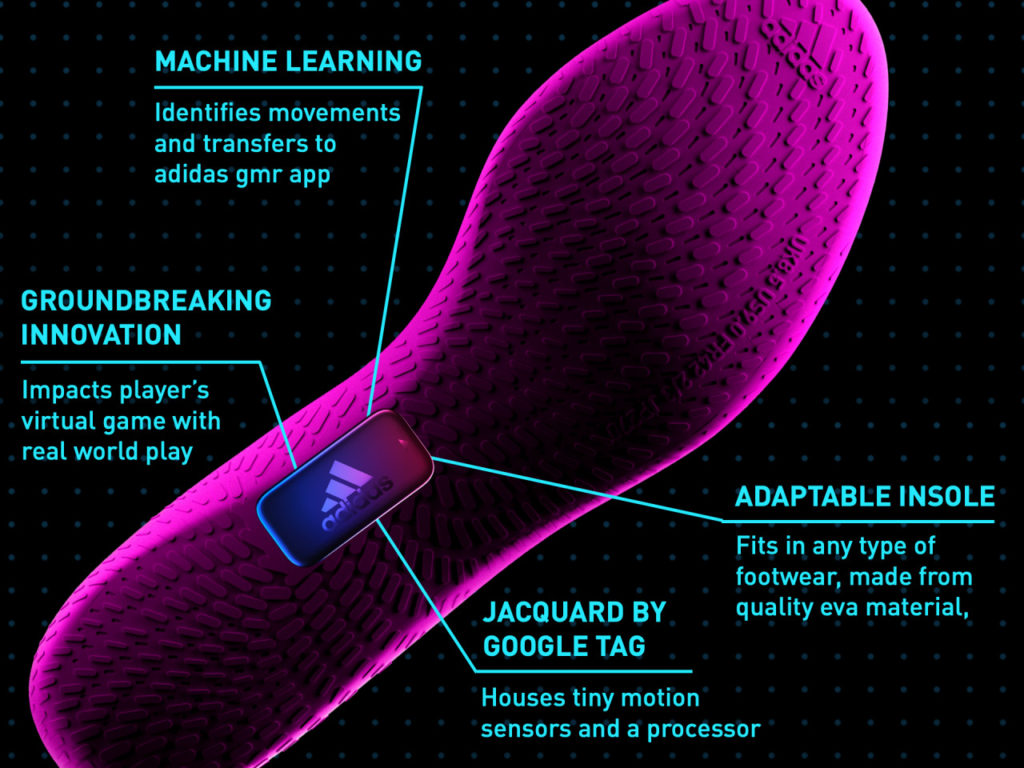This week’s show is all about subscriptions! First Kevin and I share thoughts on Wink’s decision to charge a subscription fee after giving customers a week’s notice and threatening to shut down their devices if they don’t convert. We also detail Nest’s new subscription plan and keep on the Alphabet/Google topic by discussing the end of the Toronto smart city effort from Sidewalk Labs and a new Google Assistant skill. After that, we cover a new Teensy board with Ethernet, an acquisition in the smart apartment world, and get details on how reopening is going in Texas from the B8ta point of view. I talk about my experience with the new, smaller Wi-Fi August lock, and then we answer a listener question about how to build a smart home from scratch.

Our guest this week is Jason Johnson, the co-founder of August Home. He’s not on the show to discuss the new lock but to talk about his new home and the systems he uses for automation. Like many of us, Johnson went the DIY route and says he spends about five or more hours a week tweaking his set up. He explains why he chose the platforms he uses and how he has routines and automation set up. For those curious about what’s governing the 138 nodes in his home, I encourage you to listen and find out.
Hosts: Stacey Higginbotham and Kevin Tofel
Guest: Jason Johnson, co-founder August Home
Sponsors: Very and Edge Impulse
- Is Wink’s new subscription worth it? Nest’s?
- Apparently, a few people still need their gadget fix in Texas
- August’s new lock is great for renters, but may not work for everyone
- Three organizing principles for a smart home
- Device longevity is a problem for the smart home
Podcast: Play in new window | Download | Embed
Subscribe: RSS


